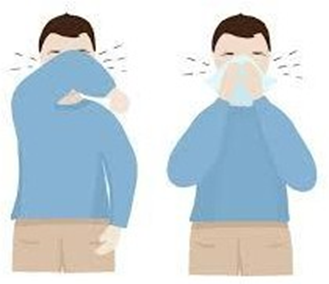A nurse is reviewing the history and physical of a client who has right ventricular heart failure. Which of the following is an expected finding?
Crepitus
Elevated pulmonary artery pressure
Hepatosplenomegaly
Confusion
The Correct Answer is B
A. Crepitus is a finding associated with subcutaneous emphysema or gas accumulation under the skin, typically not directly related to right ventricular heart failure.
B. Right ventricular heart failure can lead to increased pressure in the pulmonary artery, resulting in symptoms such as dyspnea, fatigue, and possibly right-sided heart murmurs.
C. Hepatosplenomegaly (enlargement of the liver and spleen) is more commonly associated with conditions such as liver cirrhosis, not specifically right ventricular heart failure.
D. Confusion is not typically associated with right ventricular heart failure unless there are complications such as hypoxemia or impaired cerebral perfusion.
Nursing Test Bank
Naxlex Comprehensive Predictor Exams
Related Questions
Correct Answer is A
Explanation
A.
A. Educating the client on covering the nose and mouth with tissues when coughing helps prevent the spread of tuberculosis by containing respiratory secretions.
B. A client with active tuberculosis should not return to work until they have completed a sufficient duration of treatment and are deemed non-infectious, not solely based on negative sputum cultures.
C. The client remains contagious until they have been on appropriate medication therapy for a sufficient duration and are deemed non-infectious by healthcare providers, usually after several weeks of treatment rather than just one week.
D. While wearing protective masks may be recommended for healthcare workers or individuals with compromised immune systems, it's not necessary for the client's family members unless they are in close contact with the client for an extended period.

Correct Answer is C
Explanation
A. Wearing an N95 respiratory mask is not typically required for routine care of a toddler with respiratory syncytial virus unless performing procedures that generate aerosols.
B. Negative pressure rooms are generally reserved for patients with airborne infections like
tuberculosis; respiratory syncytial virus does not typically require isolation in a negative pressure room.
C. Using a designated stethoscope helps prevent the spread of infection to other patients by avoiding cross-contamination.
D. Removing the disposable gown after leaving the toddler's room is appropriate for maintaining infection control but is not specific to caring for a toddler with respiratory syncytial virus.
Whether you are a student looking to ace your exams or a practicing nurse seeking to enhance your expertise , our nursing education contents will empower you with the confidence and competence to make a difference in the lives of patients and become a respected leader in the healthcare field.
Visit Naxlex, invest in your future and unlock endless possibilities with our unparalleled nursing education contents today
Report Wrong Answer on the Current Question
Do you disagree with the answer? If yes, what is your expected answer? Explain.
Kindly be descriptive with the issue you are facing.
